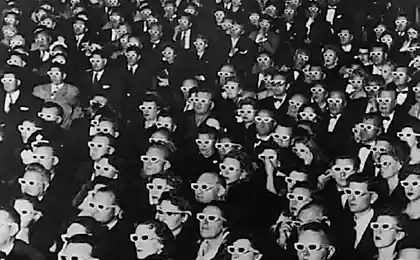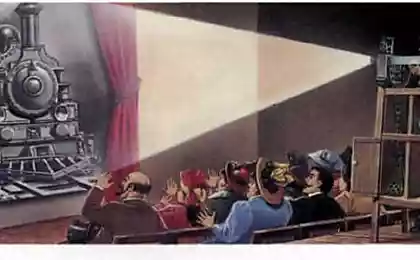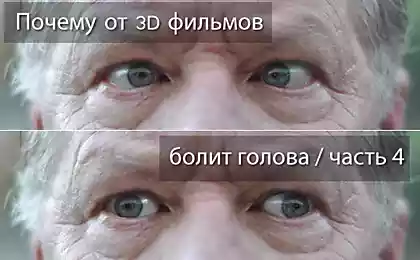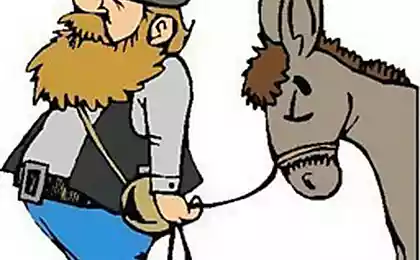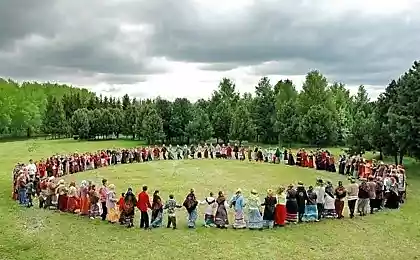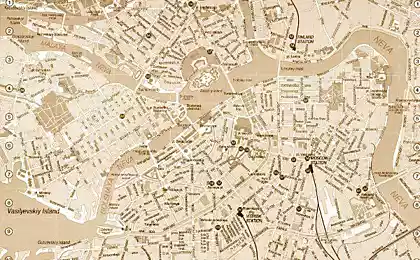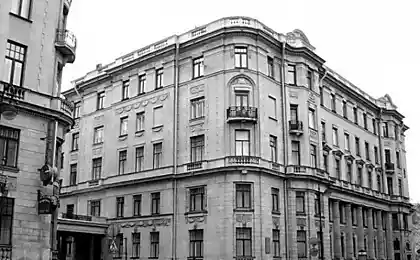516
Shadow theater in China
For more than two millennia before the emergence of cinema in China already knew about the shadow theatre. It was the first view on the screen. Showing the plot, accompanied by music and story cute figures moving on a brightly lit white background.
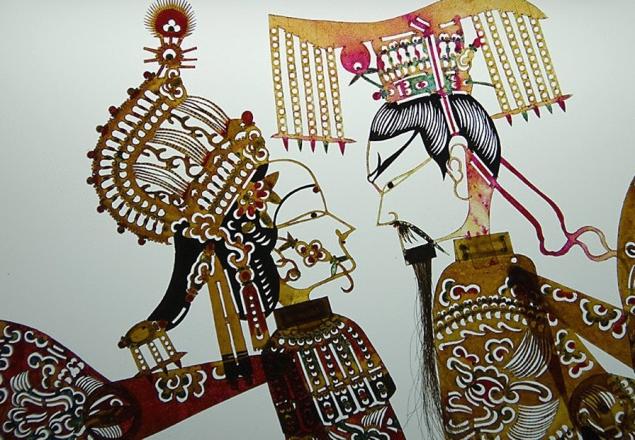
Flat, thin theatrical figures usually do first from paper, then compacted donkey skin. The theatre was sometimes called "Lu PI-in" — "the figures from the skin of an ass." These puppets, controlled wood, bamboo or metal thin sticks, was a Central part of the theatrical action, and usually consisted of a piece of art. They were not white, but rather, was painted by so that the color of each detail could be discerned through the screen. Color played a symbolic role, telling the audience about the nature and role of the character. Interestingly, colorless portrayed usually insidious, evil or vile person. The audience saw in the small details of the figures, but the play had not only to observe but also to listen, it was accompanied by the playing of the orchestra and subsided or prose.
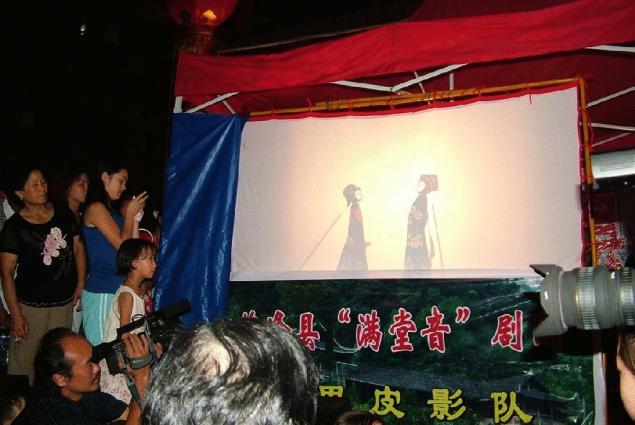
The orchestra consisted of stringed traditional Chinese instruments, and in some regions, the presentation was accompanied by the rhythmic beats of the bamboo sticks. The repertoire of stories for the theater of shadows and lights was very diverse: traditional stories like "Return of the king of the apes", novels about the travels and interesting stories, parables. For the play the troupe was to consist of not less than five people. It was the puppeteers and musicians, and played many instruments and was able to control the figures.
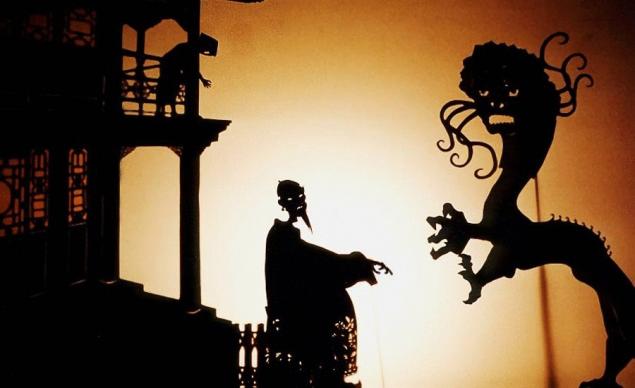
In China the shadow theatre was interesting to people already in the 2nd Millennium BC, it gradually spread throughout the East, was especially fond of the Turks. Europe introduced with this ancient Oriental art only 1767, when the missionary Jules Alod told him about the French. The Europeans of those years appreciated the symbolic possibilities of the shadow theatre. That is not an illusion, the play of shadows and light this entire world like he was talking Chinese theatre European. Figures were made just in black, emphasizing their allegorical meaning.
Source: /users/117

Flat, thin theatrical figures usually do first from paper, then compacted donkey skin. The theatre was sometimes called "Lu PI-in" — "the figures from the skin of an ass." These puppets, controlled wood, bamboo or metal thin sticks, was a Central part of the theatrical action, and usually consisted of a piece of art. They were not white, but rather, was painted by so that the color of each detail could be discerned through the screen. Color played a symbolic role, telling the audience about the nature and role of the character. Interestingly, colorless portrayed usually insidious, evil or vile person. The audience saw in the small details of the figures, but the play had not only to observe but also to listen, it was accompanied by the playing of the orchestra and subsided or prose.

The orchestra consisted of stringed traditional Chinese instruments, and in some regions, the presentation was accompanied by the rhythmic beats of the bamboo sticks. The repertoire of stories for the theater of shadows and lights was very diverse: traditional stories like "Return of the king of the apes", novels about the travels and interesting stories, parables. For the play the troupe was to consist of not less than five people. It was the puppeteers and musicians, and played many instruments and was able to control the figures.

In China the shadow theatre was interesting to people already in the 2nd Millennium BC, it gradually spread throughout the East, was especially fond of the Turks. Europe introduced with this ancient Oriental art only 1767, when the missionary Jules Alod told him about the French. The Europeans of those years appreciated the symbolic possibilities of the shadow theatre. That is not an illusion, the play of shadows and light this entire world like he was talking Chinese theatre European. Figures were made just in black, emphasizing their allegorical meaning.
Source: /users/117




